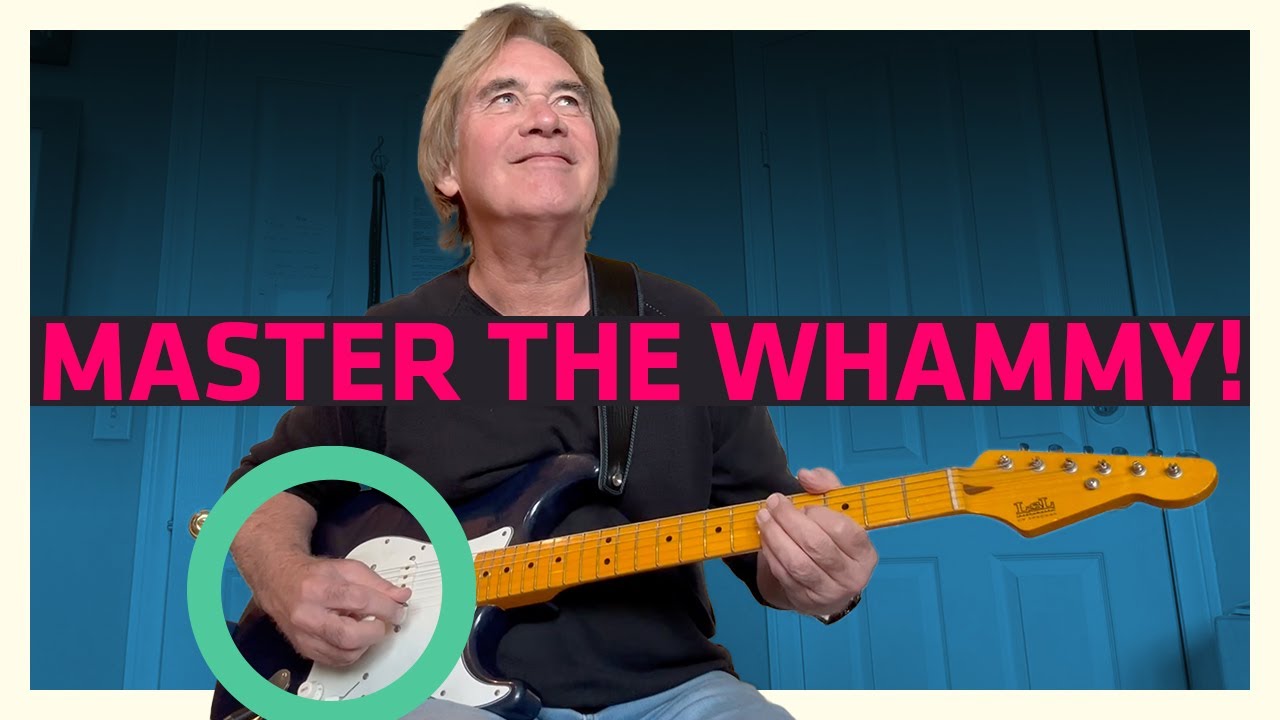Add This “Magic Shape” to Your Musical Vocabulary for an Instant Fusion Sound
This simple trick adds left-field fusion color to guitar riffs and solos

A lot of guitarists want to get that “outside” fusion sound into their lead work – something that twists scales in a new and unexpected direction.
But learning how to use scales in that way takes some knowledge of theory, as well as some experience playing fusion.
While we don’t want to encourage guitarists to avoid learning, we’re glad to pass along tips like this that can help you create that fusion-y guitar sound.
In this short Guitar Control video, David Wallimann presents what he calls the “Magic Fusion Shape.”
Wallimann says it will let guitarists create fusion-like leads and licks in just about any musical context, as long as you remember the shape and use it in a way that works with the rhythm of your music.
The pattern is simple and, as Wallimann demonstrates, can be played on any three adjacent strings.
Take a look and put it to use. And remember, we present this information in the hope that this small bit of knowledge provides practical insights and encourages you to dig deeper into the art of guitar playing.
Shortcuts are great ways to get where you’re going, but hopefully they also entice you to discover new territory.
Get The Pick Newsletter
All the latest guitar news, interviews, lessons, reviews, deals and more, direct to your inbox!
Christopher Scapelliti is editor-in-chief of GuitarPlayer.com and the former editor of Guitar Player, the world’s longest-running guitar magazine, founded in 1967. In his extensive career, he has authored in-depth interviews with such guitarists as Pete Townshend, Slash, Billy Corgan, Jack White, Elvis Costello and Todd Rundgren, and audio professionals including Beatles engineers Geoff Emerick and Ken Scott. He is the co-author of Guitar Aficionado: The Collections: The Most Famous, Rare, and Valuable Guitars in the World, a founding editor of Guitar Aficionado magazine, and a former editor with Guitar World, Guitar for the Practicing Musician and Maximum Guitar. Apart from guitars, he maintains a collection of more than 30 vintage analog synthesizers.
“Write for five minutes a day. I mean, who can’t manage that?” Mike Stern's top five guitar tips include one simple fix to help you develop your personal guitar style
"It’s like you’re making a statement. And you never know where it’ll lead." Pete Thorn shares the tip that convinced Joe Satriani he was the right guitarist for the SatchVai Band










